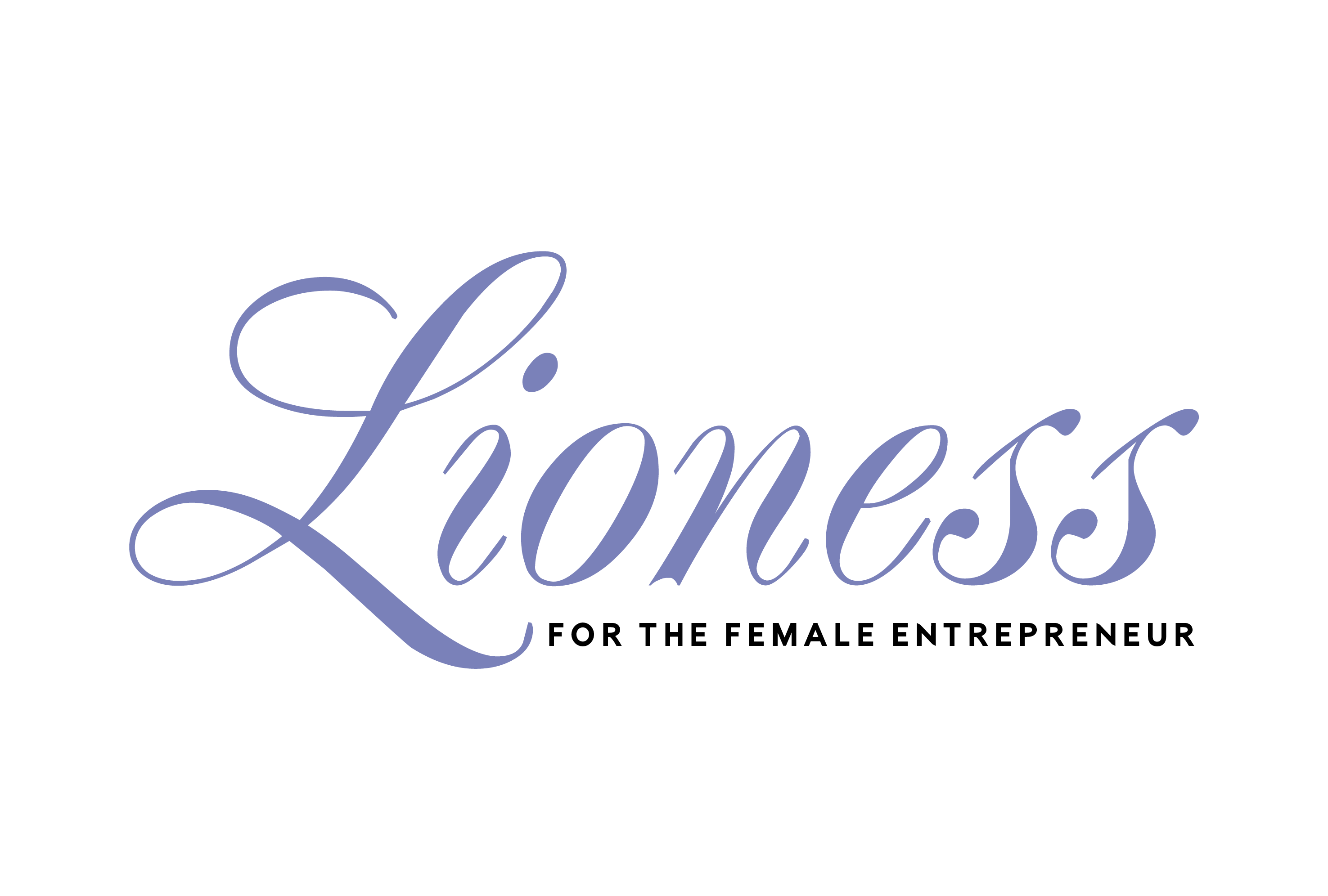Breaking news! On June 6th, the PGA Tour and Saudi-backed LIV Golf announced an agreement to merge. For anyone who may have their head buried in a sand trap, this was a stunning alliance announcement between the decades-old organizer of golf in the U.S. and North America and the year-old start-up that paid hundreds of millions of dollars to woo big-name pro golfers to defect from the PGA.
The two organizations spent the better part of a year in an acrimonious legal battle that included Saudi Arabia’s sovereign wealth fund, former PGA golfers, antitrust allegations and more. The startling agreement “effectively makes the Saudis investors in U.S. golf,” according to the Wall Street Journal.
There are still many questions on how this will operate with sponsors and TV rights, the need to backtrack the many negative accusations traded between the two organizations and the intense anger of PGA golfers who turned down LIV offers. But they went from forcing pro golfers and stakeholders to see this as an either-or proposition, to an & situation where they would unite.
And while the behind-the-scenes conversations leading up to this big announcement are just now trickling out, they decided they could be more financially productive working together than fighting with each other.
Polarized thinking and conflict
This story mirrors other parts of life. I attended the Mackinac Policy Conference last week, organized by the Detroit (Michigan) Regional Chamber, where the theme was “The Power of &”. The focus was to “bring otherwise polarized sides closer together to provide the needed stimulus for leaders to bring nuanced thinking to problem-solving.”
We experience polarized thinking in political parties (extremely serious), sports teams (not so serious to me) and many leadership and organizational decisions (the basis of my work). This has a multiplier effect, rippling through our businesses and setting them up for conflict which depletes resources and wastes time and money.
Conflict itself is born from a perspective that we must make either-or decisions, that we can’t have more than one option, that two different things cannot co-exist. People come into discussions and negotiations holding tightly to their point of view, and often their ego. They focus on getting what they believe they want and need, figuring out how to win and get more. In these situations, the result is generally less favorable than if the parties explored & solutions.
Part of the problem is & solutions also require significant changes in areas that people resist most such as power and authority, financial rewards, autonomy and decision-making.
& behaviors
Focusing on & requires a commitment to exploring mutually beneficial results, and not necessarily the same results. Consider the following behaviors:
- Decide to value others even if you don’t always agree with them. Respect goes a long way towards finding middle ground.
- Be willing to explore possibilities. Discuss options longer and in greater detail than you ever expected to.
- Think creatively. Lethargic thinking focuses on what we know. Energized thinking focuses on finding something new.
- Ask questions and listen. Often, we assume we know where another person is coming from, or the basis for their point of view. We’ll learn much more if we inquire and dig deep.
- Exercise patience to find the right solution. Sometimes starting the conversation, then pausing for a day, a week, or a month will bring new insights that will lead to new solutions.
- Be civil. Words can hurt and separate us emotionally, or they can bind us together.
- Take the best characteristics of multiple options and look for ways to combine them.
- Step across your “aisle” and sit next to another person. See the situation from their perspective.
- Move from “being right to getting it right.” This is how you view yourself versus others.
The power of & requires an optimistic view of the possibilities and different approaches to viewing it.
- During negotiations, it may be necessary to replace the current negotiators with people who are not stuck in the either-or statements of the past.
- During policy discussions, it may help to invite each party to advocate the opposite party’s position.
- During problem-solving, it may help to bring in people unfamiliar with the issue to ask fresh questions.
- During conflict resolution, it may help to identify a common and critical goal, then explore ways to reach it.
Where can you apply & thinking in your life and work?







Add Comment